6061 VS 7075: Which is Better for Your Aluminum Extrusions?
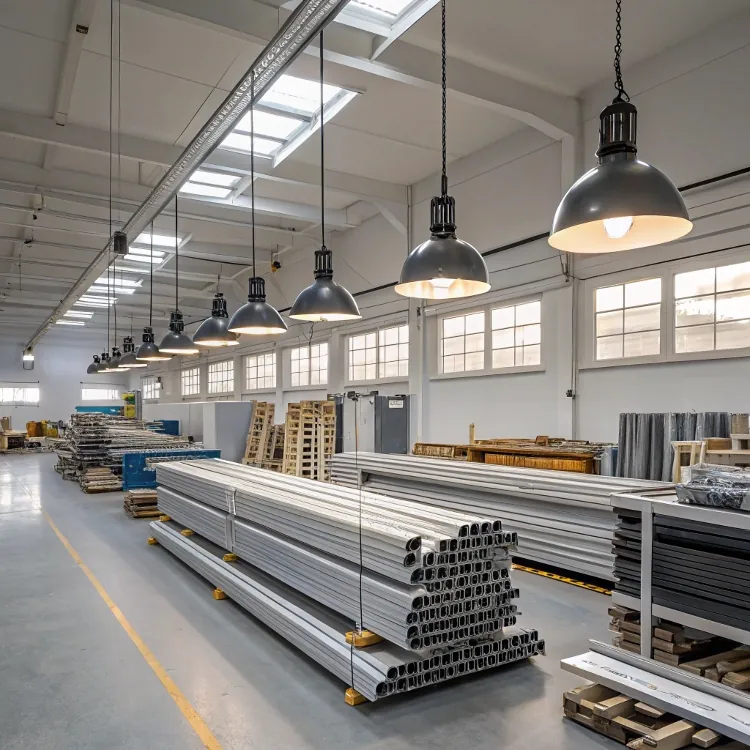
When choosing aluminum alloys, the debate often narrows to 6061 vs 7075. One is affordable and versatile, the other is tough and strong. Which one is truly better?
6061 is ideal for general-purpose aluminum extrusions due to its versatility and affordability, while 7075 excels in high-strength, high-performance applications where mechanical strength is critical.
Choosing the right aluminum alloy is not just about numbers. It’s about understanding your project’s goals, environment, and performance requirements.
Overview of 7075 and 6061 Aluminum?
Aluminum alloys 6061 and 7075 are often used for very different reasons. Choosing between them without a clear understanding can lead to performance or cost issues.
6061 is more versatile and easier to work with, while 7075 is significantly stronger but more expensive and harder to machine.
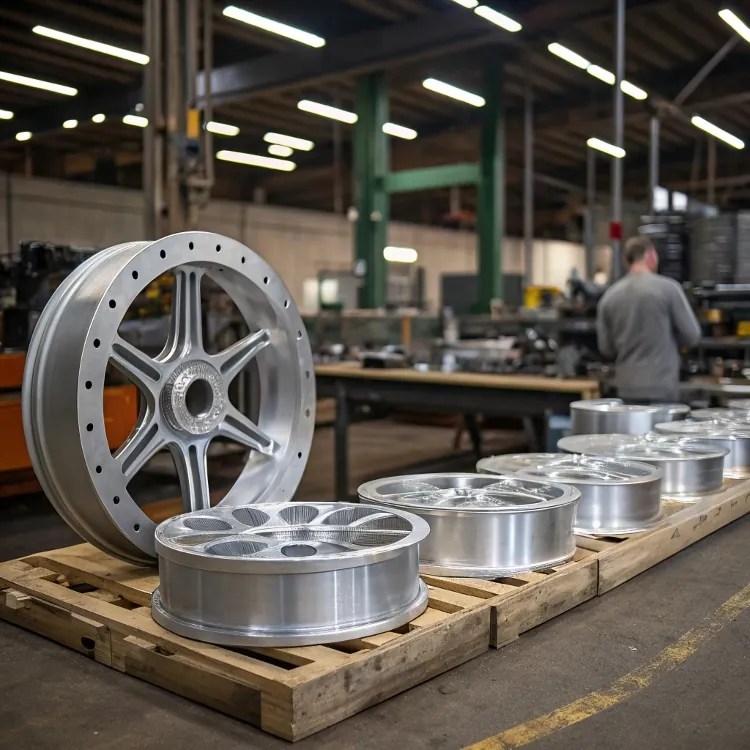
7075 aluminum1 was developed for aerospace applications. It offers exceptional strength-to-weight ratio2, close to some steels. But it’s harder to weld and machine, and it costs more.
6061, on the other hand, is one of the most widely used aluminum alloys. It offers good strength, corrosion resistance, and is very weldable and machinable. It’s great for structural components, frames, and general-purpose extrusion profiles.
If I’m working with a client who needs precision parts for a construction project or solar panel frame, I often recommend 6061. But when dealing with a customer from the aerospace sector or high-performance machinery manufacturer, we discuss 7075.
6061 VS 7075 Aluminum: Chemical Composition?
Both alloys contain aluminum as their base, but their differences in added elements define their characteristics.
6061 includes magnesium and silicon, while 7075 contains zinc and a small amount of magnesium and copper—making 7075 stronger but less corrosion-resistant.
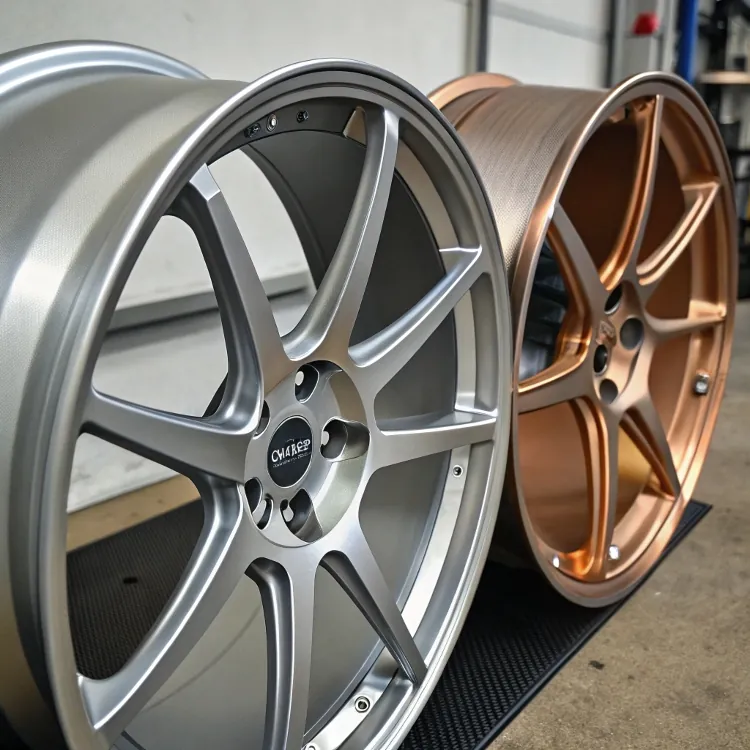
Here’s a quick breakdown of their typical chemical composition3:
| Element | 6061 (%) | 7075 (%) |
|---|---|---|
| Aluminum | 95.8 – 98.6 | 87.1 – 91.4 |
| Magnesium | 0.8 – 1.2 | 2.1 – 2.9 |
| Silicon | 0.4 – 0.8 | ≤ 0.4 |
| Zinc | ≤ 0.25 | 5.1 – 6.1 |
| Copper | 0.15 – 0.4 | 1.2 – 2.0 |
| Chromium | 0.04 – 0.35 | 0.18 – 0.28 |
The presence of high zinc and copper content in 70754 makes it highly strong but also more susceptible to corrosion. That’s why we often apply protective coatings or anodizing when we extrude parts using 7075.
60613 is more forgiving. It doesn’t need additional protection in many environments, making it more budget-friendly in the long run.
6061 VS 7075 Aluminum: Mechanical Properties?
If you’re deciding based on strength or toughness, this is where the two alloys clearly diverge.
7075 is nearly twice as strong as 6061, but 6061 is easier to weld, bend, and machine, making it more practical for many projects.
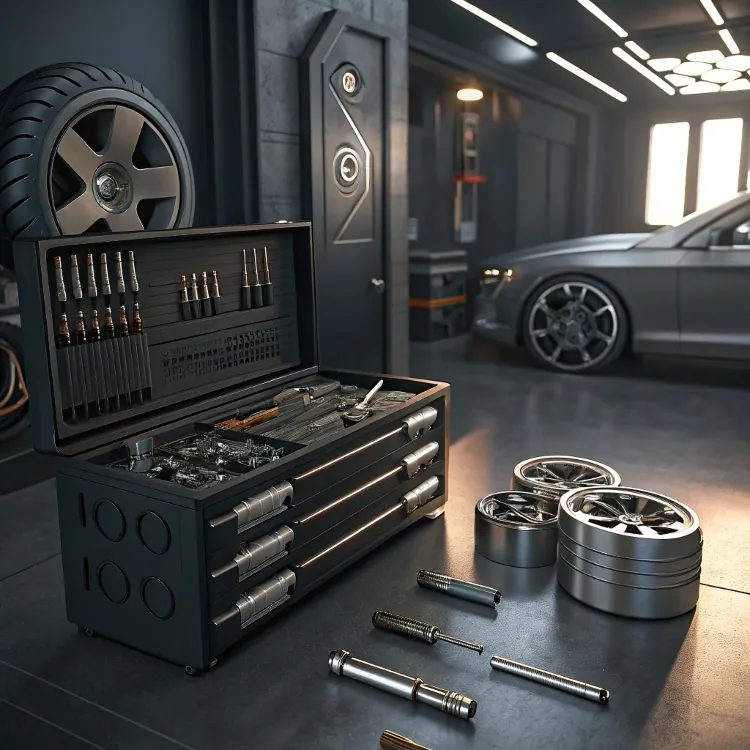
Below is a comparison of key mechanical properties:
| Property | 6061-T6 | 7075-T6 |
|---|---|---|
| Tensile Strength (MPa)5 | 290 | 570 |
| Yield Strength (MPa) | 240 | 505 |
| Elongation (%) | 10 | 11 |
| Hardness (Brinell) | 95 | 150 |
| Fatigue Strength (MPa) | 96 | 160 |
7075 shines in load-bearing and fatigue-sensitive applications. It’s popular in aerospace, racing, and even firearms manufacturing.
6061, with its lower hardness and yield strength, is more ductile and easier to fabricate. We often use it for architectural profiles, furniture frames, and transportation parts.
For clients like John, who prioritize reliability and cost, 6061 is usually the go-to. For Maria, who wants top-tier performance materials for her automotive parts, 7075 might be worth the investment.
Tips on choosing the right alloy for your project?
Many projects fail not because of bad design, but because the wrong material was used. Choosing between 6061 and 7075 is one of the most common dilemmas.
Use 6061 if your project needs corrosion resistance, good workability, and cost control. Choose 7075 if you need maximum strength and can manage the added cost and machining difficulty.
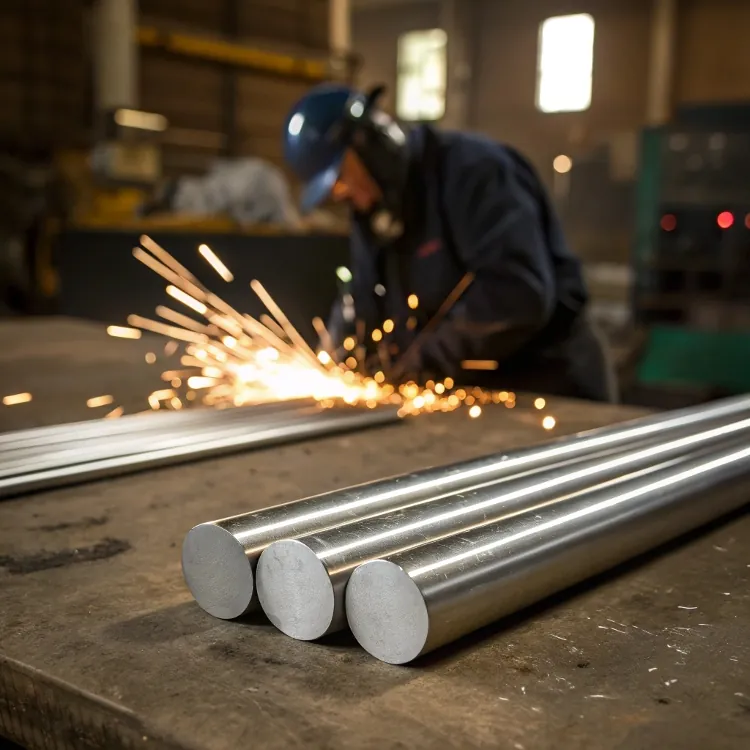
Here are five quick tips I often give my customers when choosing between these two alloys:
1. Consider Strength Requirements
If your part will bear heavy loads or high stress, 7075 is the better option. But if moderate strength is enough, 6061 saves cost and effort.
2. Evaluate Machining Needs
6061 machines beautifully and responds well to welding and bending. If your part requires complex shapes or joining, this is a big plus.
3. Think About Corrosion Resistance
7075 is more vulnerable to corrosion, especially in marine environments. If corrosion resistance6 is important, 6061 is safer.
4. Don’t Ignore Cost Constraints
7075 is significantly more expensive. For large-scale orders, that cost difference multiplies fast. Only go for it if strength is absolutely required.
5. Match Alloy to Application
Here’s a simple matrix I use:
| Application | Recommended Alloy |
|---|---|
| Aerospace Components | 7075 |
| Bicycle Frames | 6061 |
| Automotive Structural | 6061 |
| Mold Making | 7075 |
| Solar Panel Frames | 6061 |
| High-Performance Gears | 7075 |
When in doubt, I always tell clients to talk to their end-users or engineers. The context usually reveals what the material needs to do.
Conclusion
6061 suits general applications with better workability and price. 7075 offers high strength but at a premium cost and complexity. Choose based on what matters most for your project.
-
Explore the unique properties and applications of 7075 aluminum, especially in aerospace, to understand its advantages and limitations. ↩
-
Discover how the strength-to-weight ratio of aluminum alloys like 7075 compares to other materials, crucial for aerospace and engineering applications. ↩
-
Exploring this resource will provide insights into the versatility and applications of 6061 aluminum, making it a great choice for various projects. ↩ ↩
-
This link will help you understand the strengths and weaknesses of 7075 aluminum, crucial for making informed material choices. ↩
-
Understanding tensile strength can help you choose the right aluminum alloy for your application. ↩
-
Understanding corrosion resistance is crucial for material selection, especially in demanding environments. Discover more about its impact. ↩



